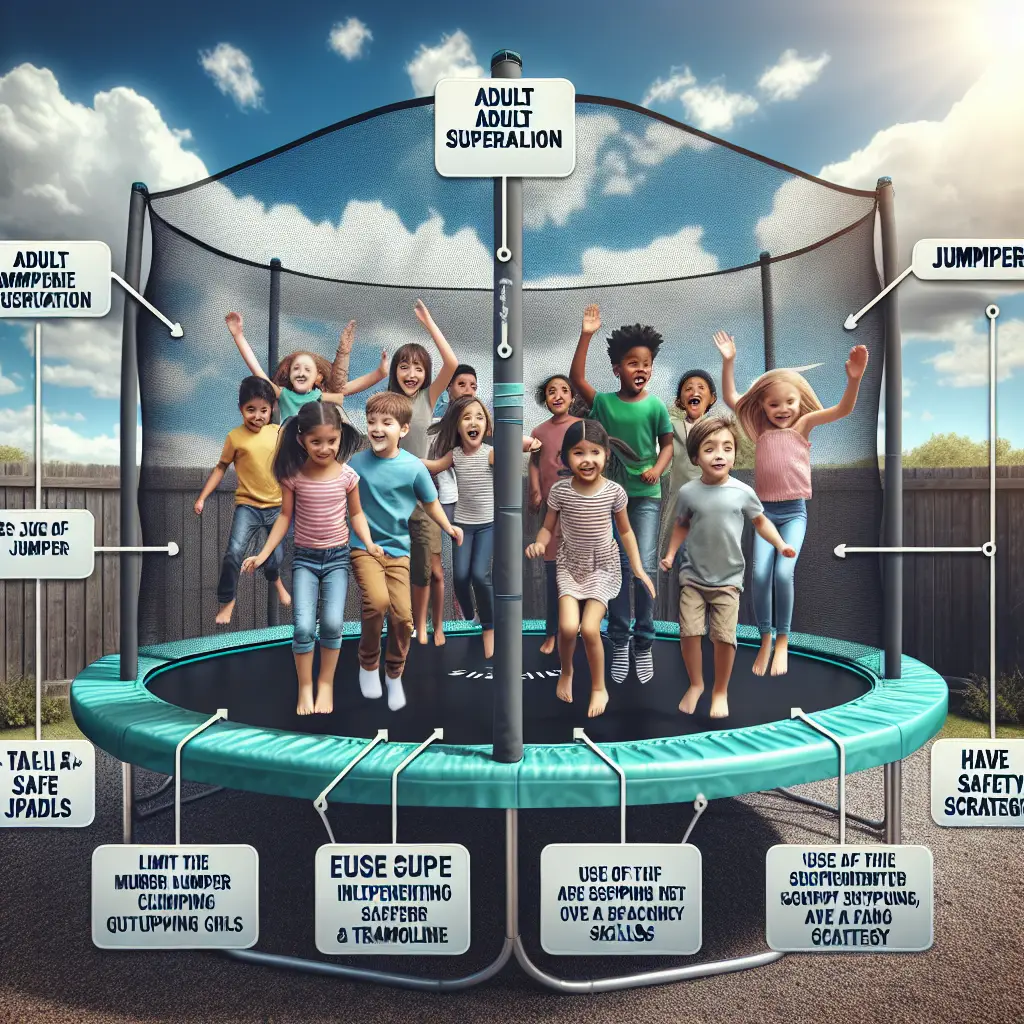Are Trampolines Safe? (And 8 Tips to Make Them Safer)
Trampolines are a staple in many backyards, providing hours of entertainment and exercise for children and adults alike. But one question that resonates among parents and homeowners is: Are trampolines safe? With injury statistics often cited in discussions about trampoline safety, it’s crucial to take a closer look at the facts and explore ways to make this backyard activity safer.
Understanding Trampoline Safety
According to a study published by the American Academy of Pediatrics, trampoline injuries have been a significant concern, with fractures and sprains being amongst the most common issues reported. Nonetheless, trampolines can be enjoyed safely with appropriate safety measures.
8 Tips to Enhance Trampoline Safety
1. Invest in Safety Nets and Pads
One of the most effective ways to reduce injury risk is by ensuring that your trampoline has a safety net and padded edges. These features can prevent falls off the trampoline and cushion the frame and springs, two common sources of injury.
2. Establish and Enforce Rules
Creating rules for trampoline use is essential. These should include no somersaults or flips, which can lead to head and neck injuries, and limiting the trampoline to one jumper at a time to avoid collisions.
3. Supervise Jumpers
Always supervise children when they are using the trampoline. Adult supervision can ensure that safety rules are followed and that any risky behavior is promptly addressed.
4. Proper Assembly and Placement
Trampolines should be set up according to the manufacturer’s instructions and placed on level ground away from trees and other hazards. Consumer Product Safety Commission provides guidelines for trampoline assembly and placement.
5. Regular Maintenance Checks
Before use, inspect the trampoline for any damage, such as tears in the net or padding, and check that the frame and springs are secure. Regular maintenance helps prevent accidents caused by equipment failure.
6. Consider Age Appropriateness
Very young children are at higher risk of injury on trampolines. It’s recommended that trampolines not be used by children under six years of age.
7. Use of Ladder
A trampoline ladder can help prevent falls when getting on or off the trampoline. However, when the trampoline is not in use, remove the ladder to discourage unsupervised access by small children.
8. Get Insured
Some homeowner insurance policies do not cover trampoline-related injuries or may require additional safety measures for coverage. Checking your policy and ensuring you have appropriate coverage can help mitigate the financial risk associated with trampoline ownership.
To Encapsulate the Safety Aspect
Are trampolines safe? They can be when the recommended precautions are taken seriously. Like any recreational activity, inherent risks exist, but with well-implemented safety measures, the dangers can be significantly mitigated.
Adding additional safety features can also contribute to a more secure trampoline experience. Consider products like the SkyBound Trampoline Safety Net, which is designed to provide an extra layer of protection against falls.
When it comes to the well-being of your family and the peaceful enjoyment of your garden and backyard area, trampoline safety should be a top priority. By following these guidelines, you can help ensure that fun times on the trampoline do not turn into an avoidable trip to the emergency room. Remember, safety first and fun will surely follow!
To further explore the topic of trampoline safety, you can also review the resources provided by The National Safety Council, which offers valuable insights on backyard safety and activities.
Trampolining is a joyful activity that should be enjoyed without the constant fear of injury. With our eight essential safety tips and continuous diligence, you can create a safer bouncing environment for everyone to enjoy. So go ahead, apply these practices, and jump into the fun—safely!

